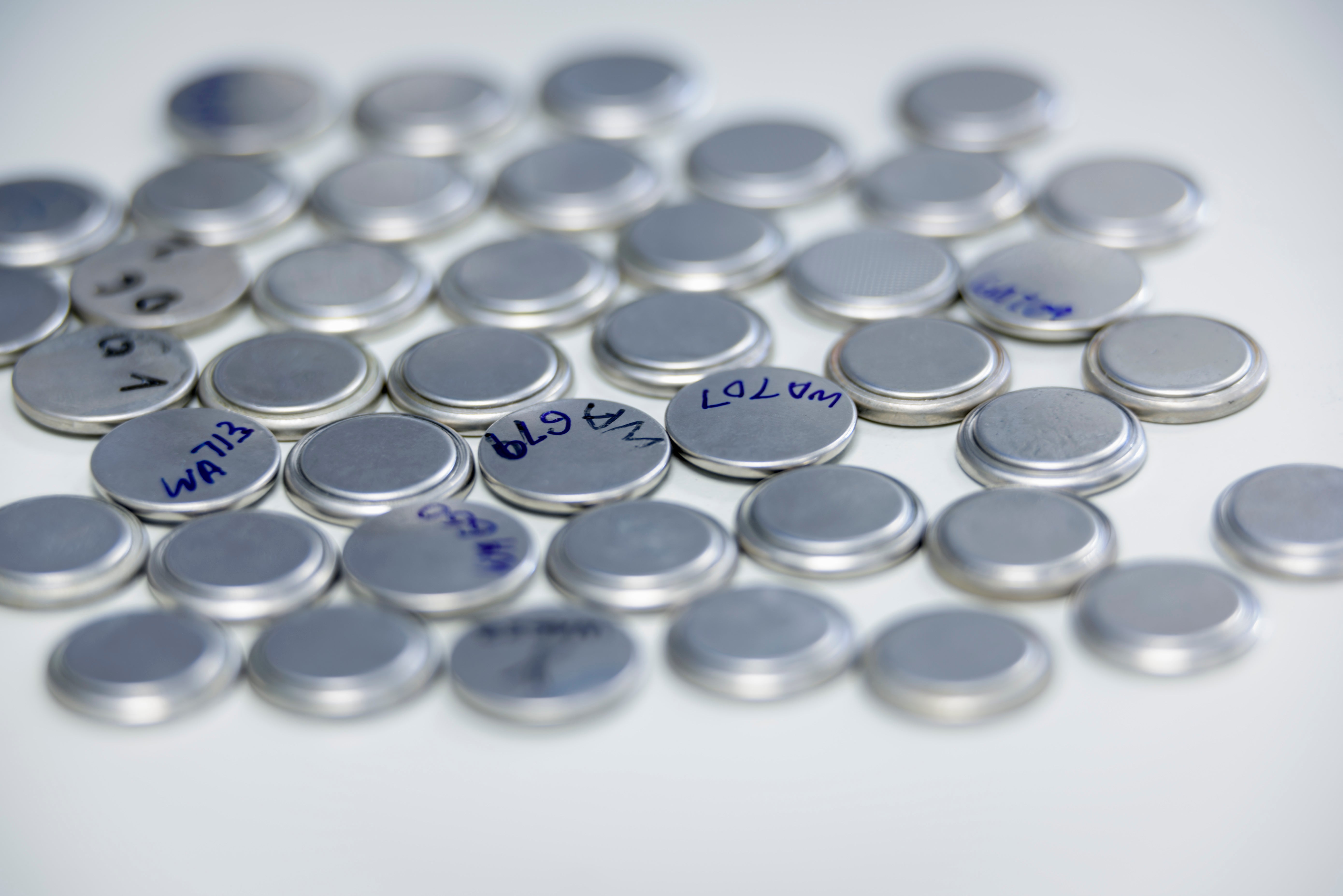The Challenge of Replacing Internal Combustion with Batteries that Don’t Combust

In 66 years—less than a lifetime—we went from a human-piloted, powered kite taking flight on a windy beach in 1903 to putting men on the moon in 1969. In decidedly less time (granted it was accelerated by the exigencies of war) the atomic bomb was developed only seven years after the 1938 discovery of nuclear fission.
And yet, the electric battery as we know it today was invented in 1800 by Alessandro Volta. Improvements to it have come slowly over the past two centuries, and a few weeks ago, the National Highway Transportation Safety Administration (NHTSA) announced that it was “looking into” recurring problems of battery fires involving some Tesla vehicles, proving it’s far from a finished product.
In the race toward Thomas Friedman’s electron-centric economy of the 21st century, battery makers have blown a huge lead and now trail swifter competitors advancing the frontiers of other areas including space, semiconductor manufacturing and computer science. Not to mention, power storage and conversion is a huge missing piece of the climate change puzzle, which will stay missing if we remain focused on maintaining the system instead of finding the solution.
How is it possible after all this time that most of us still travel primarily via internal combustion, because we’re unable to make batteries that don’t want to spontaneously combust?
I know about the difficulties involved. Overcoming some of them just earned a trio of laureates the 2019 Nobel Prize in Chemistry; this work began during the Arab oil embargo of the 1970s (making John B. Goodenough the oldest-ever Nobel honoree at 97). But in the 28 years since Sony first commercialized their work in 1991, the basic graphite anode-lithium cobalt oxide (LCO) cathode model of a lithium ion battery hasn’t advanced much. Cost has been significantly reduced, but there’s been relatively little gain in energy density or how much power you can get in and out of an acceptable size and weight.
Over the same period, semiconductor transistors’ density has improved by an order of 10,000 times or more, propelling Moore’s law that the speed and capability of our computers doubles every two years. Improvements in energy density, in contrast, have been frustratingly slow, currently averaging about 5–8 percent a year. A poor showing not likely to change anytime soon.
That’s because in our competitive economy, making a better battery—from the research end through manufacturing and application—does not receive the same focus as a Manhattan Project or Apollo program. Although the stakes are just as high; the World Health Organization projects an additional 250,000 deaths per year globally between 2030 and 2050 due to climate change and associated heightened risk factors such as malnutrition, heat stress, and malaria.
Unfortunately, however, we’ve been just clever enough to produce a system that works, fairly reliably, at scale, and for reasonable cost. Consequently, most of the billions being invested in battery technology today—I estimate 80 percent —are supporting incremental steps to fix the occasional breakdown and keep the system (and dollars) flowing, rather than toward improving the basic science.
Materials are the thing. While chip designers and manufacturers astound us with how many integrated circuits they can force onto a tiny bit of silicon, the physics of the current graphite-LCO based lithium ion battery are being pushed close to their limits. New materials innovation and integration are crucially needed.
As NHTSA officials begin their “defect petition” review of Tesla, they’ll be looking specifically at updates the automaker has made to the battery management system regarding „charging capacity, or battery thermal management during or after charging.“ The company recently issued a software update for its Model S and Model X vehicles limiting charging to 80% of capacity and significantly reducing their range—which is another drawback of the current limited technology.
Nanotechnology may provide some answers. Researchers have demonstrated that lithium-ion batteries using nano silicon derived from sand rather than traditional carbon/graphite on the anode side are 10 times more effective. But even this promise of a tenfold improvement in power storage and performance (which has its own issues) only distracts us from the other obstacle to real progress on better batteries for our cars of the future. We overlook the market.
I consult with many international companies. Universally, they see developing solid-state batteries that replace liquid electrolytes and use lithium metal instead of a carbon/graphite anode as the next major step in the evolution of the battery.
And yet, other researchers around the world still divide their time between all manner of other, sometimes only tangentially related, pursuits such as extreme fast charging or XFC. Or wireless inducting charging. Or triboelectric nanogenerators (TENGs). Even batteries with built-in fire extinguishers. All of this may serve expedience, create convenience and open up new revenue streams, but does little to leap us forward on energy technology and climate change.
It took only six decades to go from a windswept beach in North Carolina to the lunar surface, and already a half century has passed since that historic first step. Will a truly stable high-capacity, high-performance, daily-life battery arrive on the market before another 66 years clicks by in 2035? Probably.
But we’re cutting it close.
If you want to read more science articles, you can visit our science category.
if you want to watch movies go to Film.BuradaBiliyorum.Com for Tv Shows Dizi.BuradaBiliyorum.Com, for forums sites go to Forum.BuradaBiliyorum.Com .




